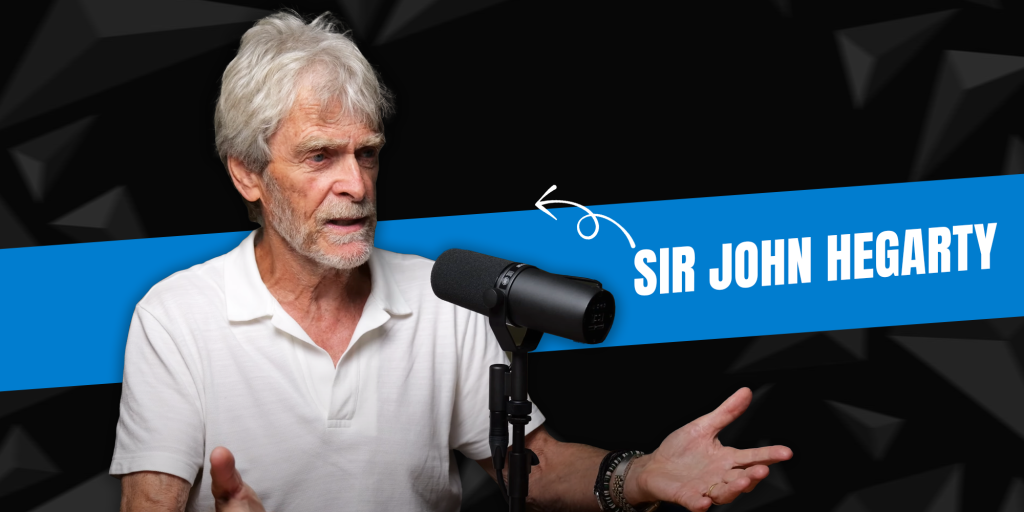April 29, 2025

A recent WARC article discusses a conversation featuring advertising legend Sir John Hegarty on The Multiplier Effect report – produced through collaboration between WARC, System1, BERA.ai, Prophet, and Analytic Partners – about the kind of advertising that makes performance marketing truly effective. The discussion delivered compelling evidence that challenges contemporary marketing wisdom.
The research spells out the dangers of advertisers focusing solely on performance advertising. The findings reveal that advertisers balancing brand-building with performance marketing achieve a remarkable 90% higher revenue ROI than their performance-only counterparts. More alarming still, brands focusing exclusively on performance tactics suffer a 40% decrease in ROI—what researchers aptly term the “performance penalty.”
Hegarty, the creative visionary behind countless iconic campaigns, frames this balance through two distinct approaches: “Showmanship” and “Salesmanship.” This terminology brilliantly clarifies the role each plays in effective marketing. He ties this to neuropsychological findings, particularly the work of Iain McGilchrist on attention modes. Showmanship captures what McGilchrist calls “broad-beam attention” through the right hemisphere of the brain—the part processing narrative, metaphor, and social context, remaining open to novelty and the unexpected.
Salesmanship, in contrast, mirrors the “narrow-beam” preferences of the left hemisphere—focusing on specific targets, details, and goals. It speaks to consumers already moving toward purchase, pushing them toward certainty. While both attention modes are essential, they function through fundamentally different neural pathways.
In short, the report reveals a critical insight often overlooked in today’s metrics-obsessed marketing landscape: at any given moment, only 5% of your audience is actively considering a purchase. Performance marketing effectively targets this 5%, but remains virtually invisible to the other 95%. Without Showmanship creating emotional connections with this broader audience, brands essentially sever their future customer pipeline. As Hegarty memorably puts it, “You can’t buy something you’ve never heard of.”
Within a balanced marketing strategy, cinema offers a particularly powerful channel for the Showmanship aspect that Hegarty identifies as critical. The theatrical environment of cinema creates a rare and powerful space in today’s fragmented media landscape—one perfectly calibrated to activate the right brain’s broad-beam attention that drives long-term brand building.
When audiences enter a cinema, they’re not just watching content—they’re experiencing a performance. The darkened theater, commanding screen, and immersive sound create an environment where advertising reaches consumers without the competition of scrolling, skipping, or multitasking. This captive attention allows brands to tell emotional stories that forge mental connections impossible to achieve through many other channels.
Cinema advertising excels precisely at what Hegarty identifies as essential for effective Showmanship: getting brands “noticed, liked and remembered.” The big screen naturally amplifies creativity that drives cultural relevance—another key factor The Multiplier Effect identifies for sustained growth.
What makes cinema particularly valuable as part of today’s marketing ecosystem is its ability to complement performance-focused channels. Through its immersive theatrical experience, cinema powerfully connects with the crucial 95% of consumers not actively in the buying window. Yet unlike some traditional brand-building channels, modern cinema also offers sophisticated accountability and measurement capabilities that satisfy performance-minded marketers.
By incorporating cinema’s distinctive Showmanship capabilities into a balanced marketing strategy, brands can help escape the ‘performance doom loop’ identified in this WARC report. In a marketing landscape that requires both short-term results and long-term brand building, cinema offers a powerful stage where brands can create the emotional connections and mental availability that make all future marketing more effective.
Read the full article on WARC (membership required)
Related Articles: